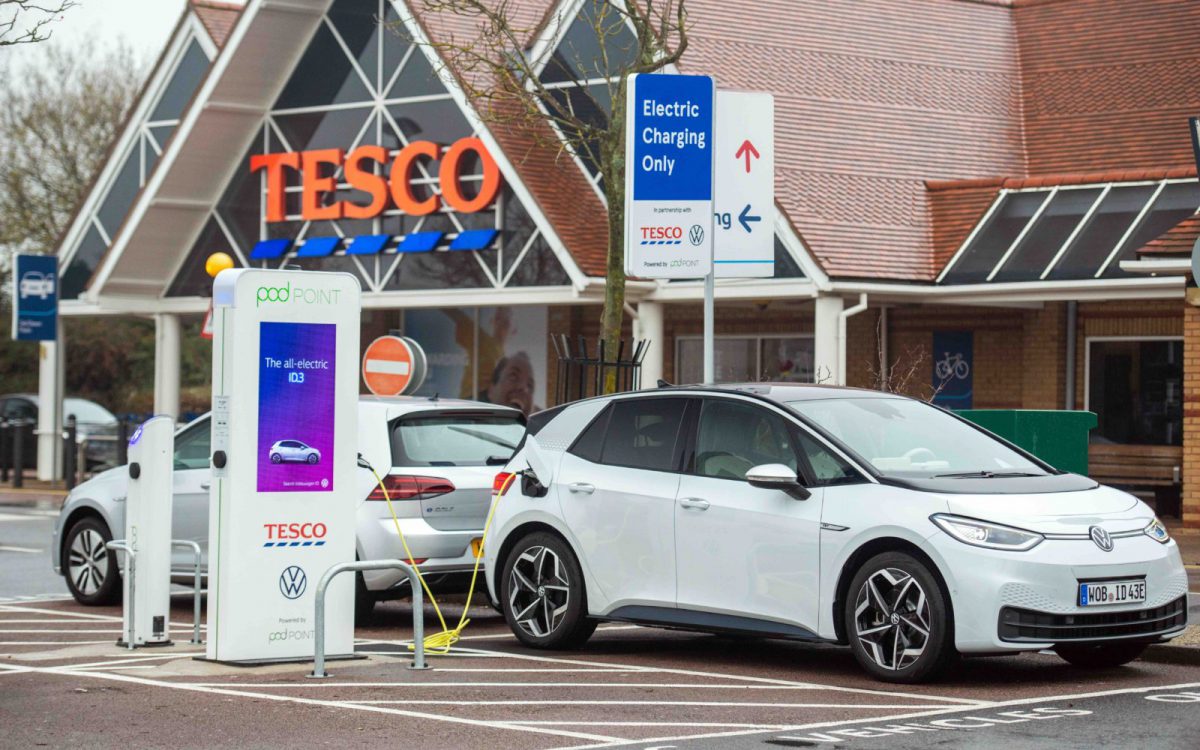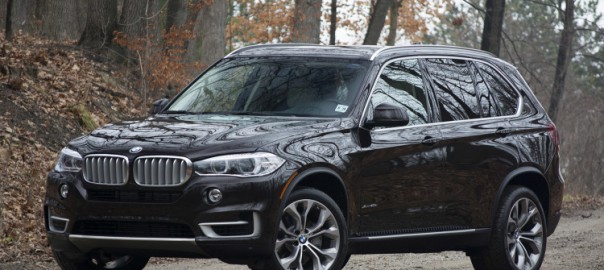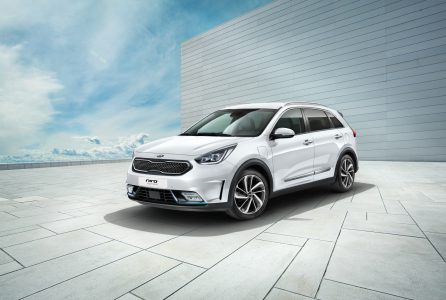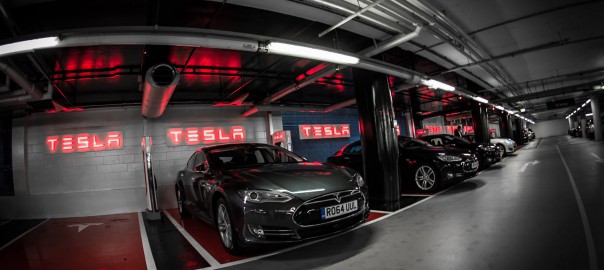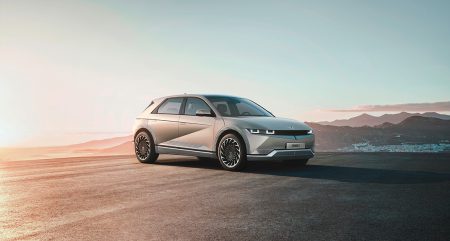Experts have praised proposals announced today to introduce a Zero Emission Vehicle mandate from next year to help accelerate the uptake of electric vehicles.
The Government’s new Powering Up Britain strategy has been unveiled with many in the motoring industry in favour of the progression of the Zero Emission Vehicle mandate. This mandate will require car manufacturers to have a minimum percentage of their new car sales be zero emission to help achieve net zero goals.

Quentin Wilson, founder of EV campaign group FairCharge, had been calling on the Government to ensure there were no compromises to the ZEV mandate to achieve net zero goals.
He said: “We know the Government has read our many letters and listened to feedback from our meetings with ministers to stay strong on future EV production targets and we’re delighted that they haven’t caved into vested interests.
“These targets will send a clear message to the EV sector that UK electrification of road transport is here to stay and will benefit future generations with more highly skilled jobs, greater levels of investment, more charging infrastructure and cleaner urban air. This is a good day for British drivers.”
Read more: Express
It’s Time to Go Green!
If you would like to know more about Solar Panels and the PowerBanx range of home battery systems, and get a free instant quote, please complete our online form:








